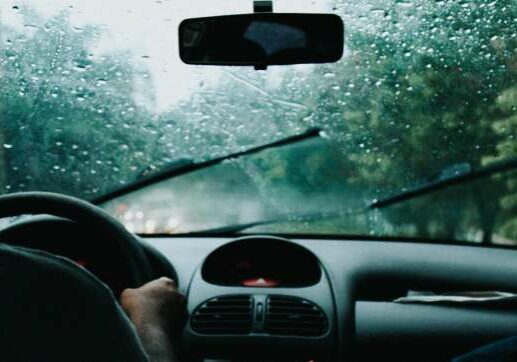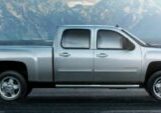How to Drive in Adverse Conditions Like Rain or Fog

It’s not always going to be a beautiful spring day when you get behind the wheel. Even if you work from home, there will still be times when you’ll need to drive in adverse conditions like rain or fog. Of course, if the circumstances are dangerous, such as fog being so thick you can’t see what’s around you, you’ll want to stay home or pull off the road until things improve.
If you do find yourself needing to drive in less than ideal weather, there are some things you can do to be safe. Read on for some important safety tips.
Driving in Bad Traffic
Heavy traffic is annoying, and it also creates circumstances that can lead to an accident. When driving in bad traffic:
- Keep a safe distance
- Don’t be aggressive
- Don’t wait until the last minute to change lanes
- Use the full length of the acceleration lane to safely merge into traffic
How to Drive at Night
Some don’t mind driving at night, while others find it a challenge. Whatever the case is for you, you can take precautions to keep yourself and others safer on the road.
- If you’re so tired that nodding off is a possibility, stop driving. Period. Also, remember that even if you’re wide awake, others may not be, so be hyper aware of what’s going on around you.
- Use high beams when it’s appropriate to do so.
- Slow your speed and remove all distractions.
Bad Weather? Don’t Drive Like Conditions are Normal
One of the biggest mistakes that drivers make is to drive as if conditions are ideal when, in fact, they are not. Some continue to drive at a normal speed, make frequent lane changes, and don’t bother turning on their headlights. Those are things you should NOT do. Even if you feel like you’re an excellent driver, remember that others on the road may not have your skill and experience.
Those frequent lane changes increase the risk of an accident—especially if you change lanes in front of someone who has also failed to lower their speed on a wet, slick road or in low-visibility conditions.
Conditions are NOT normal during fog or other poor weather conditions, so:
- Slow down
- Turn on your lights
- Stay in your lane until you must change
Driving in the Rain
It’s not just snow and ice that can cause roads to be slick. When rain hits the road, it mixes with oil and other debris, and quickly creates a slick surface. Having properly inflated tires with proper tread is one way to be safer on slick roads, so car maintenance should always be part of your safe-driving plan.
Other tips for safe driving on slick roads include:
- Adjust Speed: No matter what other drivers are doing, keep in mind that you may not be able to stop as quickly on a slick road, so slow down.
- Don’t Slam on Your Brakes: Slick roads make it harder to stop. Use your brakes wisely to give your car time to stop and to allow the people behind you time to stop.
- Do Not Tailgate: You should never follow too closely, but doing so is especially dangerous when roads are slick.
- Use Turn Signals Early: This is another way you can give drivers behind you plenty of time to stop.
How to Drive in the Fog
Dense fog can come out of nowhere, reducing visibility to nearly zero. If you can’t see the road, you’ll need to pull over. When you do, keep your hazard lights on. Keep in mind that drivers can’t see the shoulder of the road, so they won’t be able to easily see your car. For that reason, pull as far off the road as is safe to do so.
If the fog is thick, but you feel it’s safe to continue driving, here are some tips to keep in mind:
- Remove all distractions so you can focus only on the road.
- Make sure all lights are on.
- Reduce your speed to give you more time to notice and react should you need to stop.
- Keep an eye on reflectors on the road and use them to help guide you.
- Do not use cruise control.
- High beams reflect off of the fog, so you should use low beams.
- Increase distance between cars.
Dangerous conditions are made less so when drivers use simple precautions and common sense to stay safer on the road.










